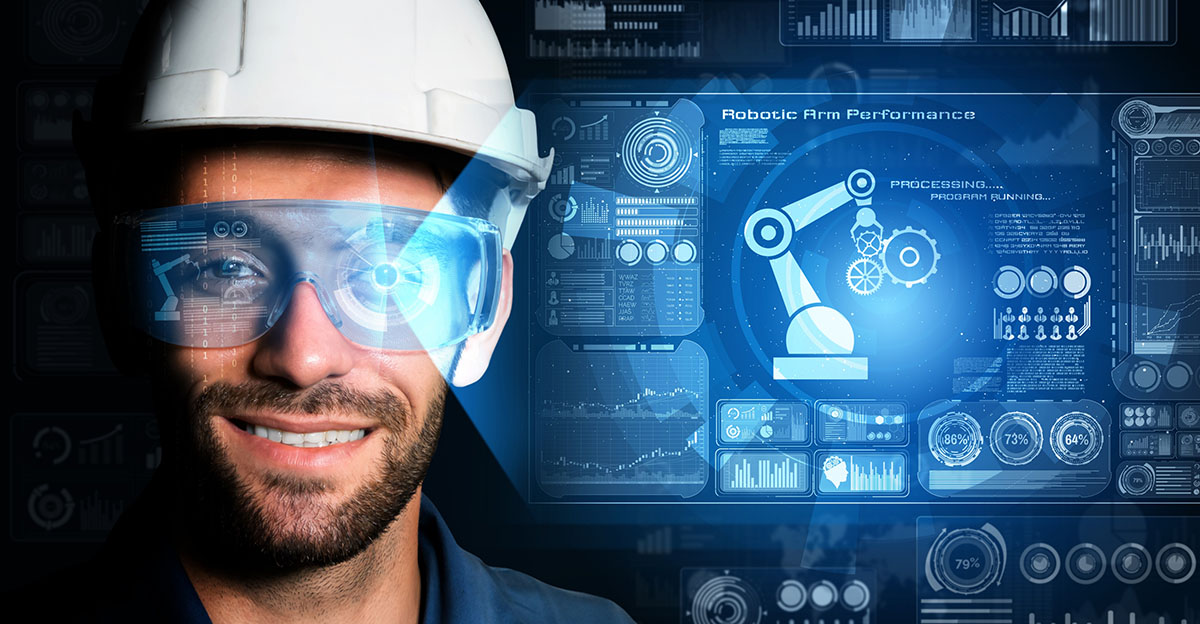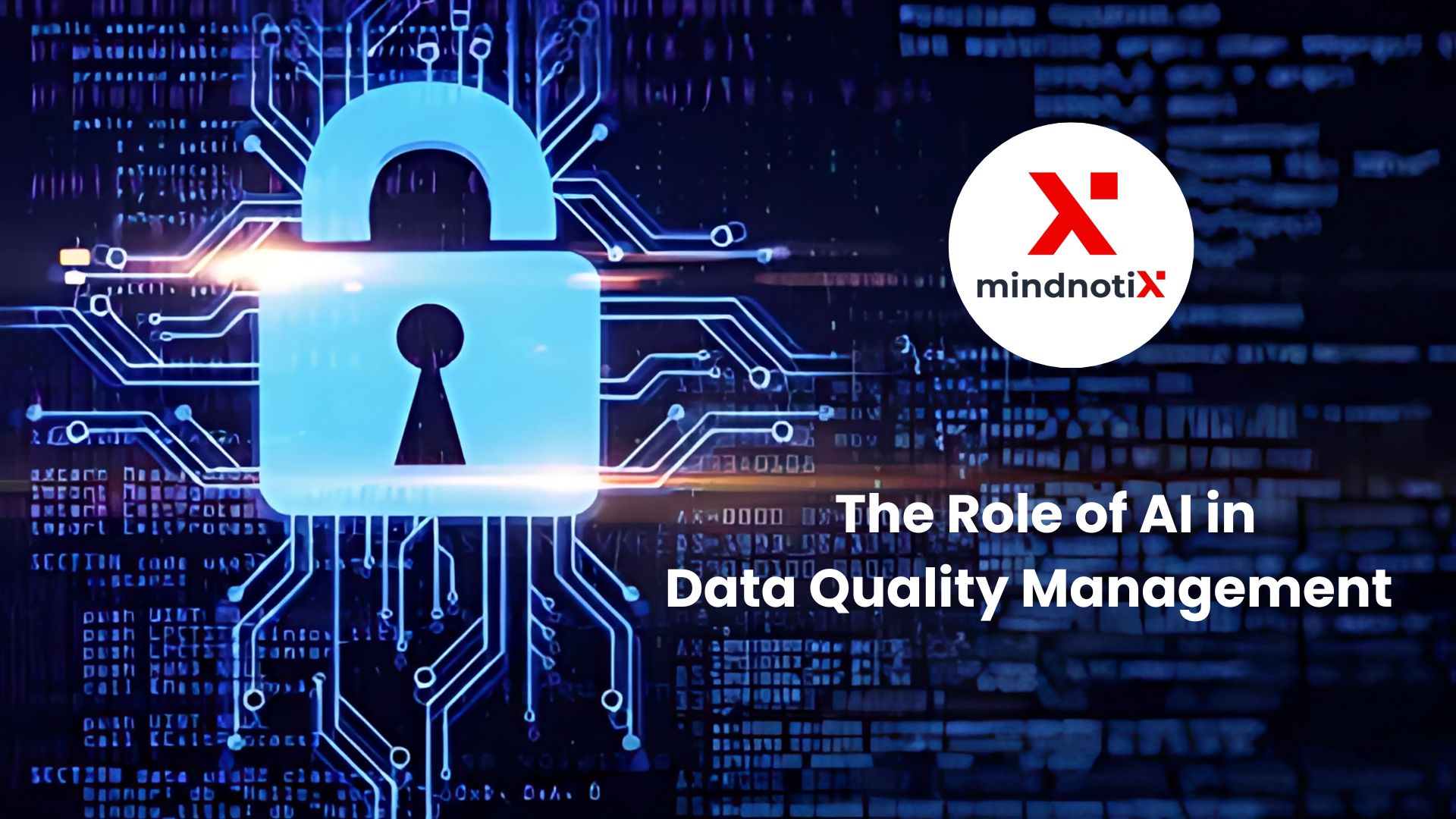Introduction
In the industrial sector, the efficient operation of machinery and equipment is paramount to maintaining productivity and ensuring the safety of personnel. Historically, maintenance practices have followed a reactive approach, where equipment is serviced or replaced only after a breakdown occurs. This approach, while straightforward, comes at a high cost in terms of downtime, repair expenses, and the potential for more severe damage. The advent of Predictive Maintenance (PdM) has transformed the industrial landscape by shifting from this costly break-fix approach to one of proactive and data-driven maintenance. Predictive Maintenance leverages the power of data and artificial intelligence to predict when equipment is likely to fail. By doing so, it enables maintenance teams to take preemptive action, such as scheduling maintenance activities during planned downtime, thus avoiding costly unplanned shutdowns.
2. Background
Maintenance in Industrial Systems has traditionally followed a reactive approach, where equipment is repaired or replaced only after a failure occurs. This method has its drawbacks, including unexpected downtime, increased costs, and potential safety hazards. Predictive Maintenance (PdM) emerged as a solution to these issues. PdM involves monitoring the condition of machinery and systems in real-time, using various data sources like sensors and historical records to predict when maintenance is required before a failure occurs. Historically, maintenance strategies evolved from corrective maintenance (fixing things when they break) to preventive maintenance (routine scheduled maintenance) and, finally, to predictive maintenance. The shift towards predictive maintenance was driven by advancements in technology, particularly in the field of Artificial Intelligence (AI).
AI in Predictive Maintenance: Artificial Intelligence plays a pivotal role in predictive maintenance. It leverages data analytics, machine learning, and deep learning to analyze large datasets generated by industrial equipment.
3. Technologies and Tools Sensor Technology and IoT Integration: One of the fundamental components of predictive maintenance is the use of sensors. Sensors collect data on parameters like temperature, pressure, vibration, and more. These sensors are often integrated into the Industrial Internet of Things (IIoT) ecosystem, enabling real-time data transmission and analysis. Data from sensors provide critical insights into the condition of machinery and allow for proactive decision-making.
Data Preprocessing and Cleaning: Before AI algorithms can work their magic, data preprocessing is essential. This involves cleaning and transforming raw data into a suitable format for analysis. Noise reduction, outlier handling, and feature scaling are some common preprocessing steps. Robust preprocessing ensures the accuracy and reliability of predictive maintenance models.
AI Frameworks and Libraries: Numerous AI frameworks and libraries are available to engineers and data scientists for building predictive maintenance solutions. TensorFlow, PyTorch, and scikit-learn are among the popular ones. These tools offer pre-built functions and models that can be adapted to specific industrial contexts.
4. Data Collection and Preprocessing Types of Data Collected: Data for predictive maintenance comes from various sources. This includes sensor data, historical maintenance records, environmental data, and even external data like weather conditions. Combining multiple data sources provides a holistic view of equipment health.
Data Challenges: Collecting and managing data in an industrial environment is not without challenges. Data may be noisy, incomplete, or subject to irregularities. Ensuring data quality and consistency is a crucial step in building reliable predictive maintenance models
Data Preprocessing Techniques: Data preprocessing involves techniques like imputation, normalization, and feature engineering. Imputation methods fill in missing data, normalization scales data to a common range, and feature engineering enhances the predictive power of models by creating relevant features from raw data.
Real-World Data Sources: Examples of real-world data sources include vibration sensors on rotating equipment, temperature sensors in HVAC systems, and pressure sensors in hydraulic systems. These sources provide valuable insights into equipment health.
Machine Learning Models for Predictive Maintenance Model Selection: Choosing the right machine learning model is critical for predictive maintenance success. Decision trees, random forests, support vector machines, and neural networks are some of the models commonly used. The choice depends on the specific problem and data characteristics. Feature Engineering: Feature engineering involves selecting and creating relevant features from the dataset. For predictive maintenance, engineered features might include rolling statistics, time lags, or frequency domain features. These engineered features capture valuable information about equipment condition.
5. Model Evaluation Metrics:
Evaluating predictive maintenance models requires specialized metrics. Common metrics include precision, recall, F1-score, and area under the ROC curve (AUC). These metrics help assess model performance in detecting equipment failures and minimizing false alarms.
Example: Predictive Maintenance Model Consider a predictive maintenance model for a manufacturing facility. This model could use historical data on machine vibrations, temperature, and maintenance logs to predict when a machine is likely to fail. By analyzing trends and patterns, the model can provide maintenance teams with advance notice, allowing for scheduled maintenance and reducing costly unplanned downtime.
6. Deep Learning in Predictive Maintenance Deep Learning in Depth: Deep learning techniques, including artificial neural networks (ANNs) and recurrent neural networks (RNNs), have shown promise in predictive maintenance. ANNs can model complex relationships in data, while RNNs excel at processing sequential data.
Model Architectures: Deep learning models can have various architectures tailored to the problem at hand. Convolutional neural networks (CNNs) are excellent for image data, while Long Short-Term Memory (LSTM) networks are suitable for time-series data often found in industrial settings. Advantages and Limitations: Deep learning can handle massive datasets and capture intricate patterns. However, it typically requires more data than traditional machine learning models and may be computationally expensive to train. Careful consideration of data availability and computational resources is necessary when choosing deep learning for predictive maintenance.
7. Benefits and Challenges Benefits of AI in Predictive Maintenance:
• Elaborate on the substantial benefits of implementing AI-driven predictive maintenance, including increased equipment uptime, enhanced operational efficiency, and improved asset management.
• Discuss the positive impact on worker safety by reducing the likelihood of accidents caused by equipment failures.
• Emphasize the cost savings achieved through proactive maintenance scheduling, minimizing the need for emergency repairs. Challenges and Potential Drawbacks:
• Acknowledge the challenges and potential drawbacks of AI in predictive maintenance. These may include high initial setup costs, the need for skilled data scientists and engineers, and data privacy concerns.
• Address the possibility of false alarms and over-reliance on AI predictions, which can lead to unnecessary maintenance and downtime.
• Discuss the importance of addressing cybersecurity risks in industrial IoT systems used for data collection.
8. Future Directions Emerging Trends:
Explore current and emerging trends in AI for predictive maintenance. This section should encompass:
• The use of edge computing and real-time analytics to enhance predictive capabilities in remote and resource-constrained environments.
• The integration of explainable AI (XAI) techniques to improve model interpretability and trustworthiness.
• The potential integration of AI-driven predictive maintenance with advanced robotics and autonomous systems for even more efficient and responsive maintenance.
Conclusion
In conclusion, the adoption of Artificial Intelligence (AI) for Predictive Maintenance (PdM) in industrial systems marks a significant paradigm shift. Traditional reactive maintenance, which often results in costly downtime and safety risks, is being replaced by proactive strategies enabled by AI. This paper has explored the critical aspects of AI-driven PdM, from its historical evolution to the technologies and tools involved. We've seen that AI, in the form of machine learning and deep learning, plays a pivotal role in revolutionizing maintenance practices. It harnesses the power of data, collected from sensors and other sources, to predict equipment failures before they occur. This capability is transforming industries by optimizing maintenance schedules, reducing operational costs, and enhancing safety
For more information contact : support@mindnotix.com
Mindnotix Software Development Company


 AI-Taxi App
AI-Taxi App AI-Food App
AI-Food App AI-Property Mgmt App
AI-Property Mgmt App AI-CRM
AI-CRM AI-Fantasy App
AI-Fantasy App
 Web Development
Web Development App Development
App Development Business & Startup
Business & Startup Hire Developer
Hire Developer
 Digital Marketing
Digital Marketing Lead-generation
Lead-generation Creative Agency
Creative Agency Branding Agency
Branding Agency Augmented Reality
Augmented Reality Virtual Reality
Virtual Reality Internet of Things
Internet of Things Artificial Intelligence
Artificial Intelligence Blockchain
Blockchain Chatbot
Chatbot



